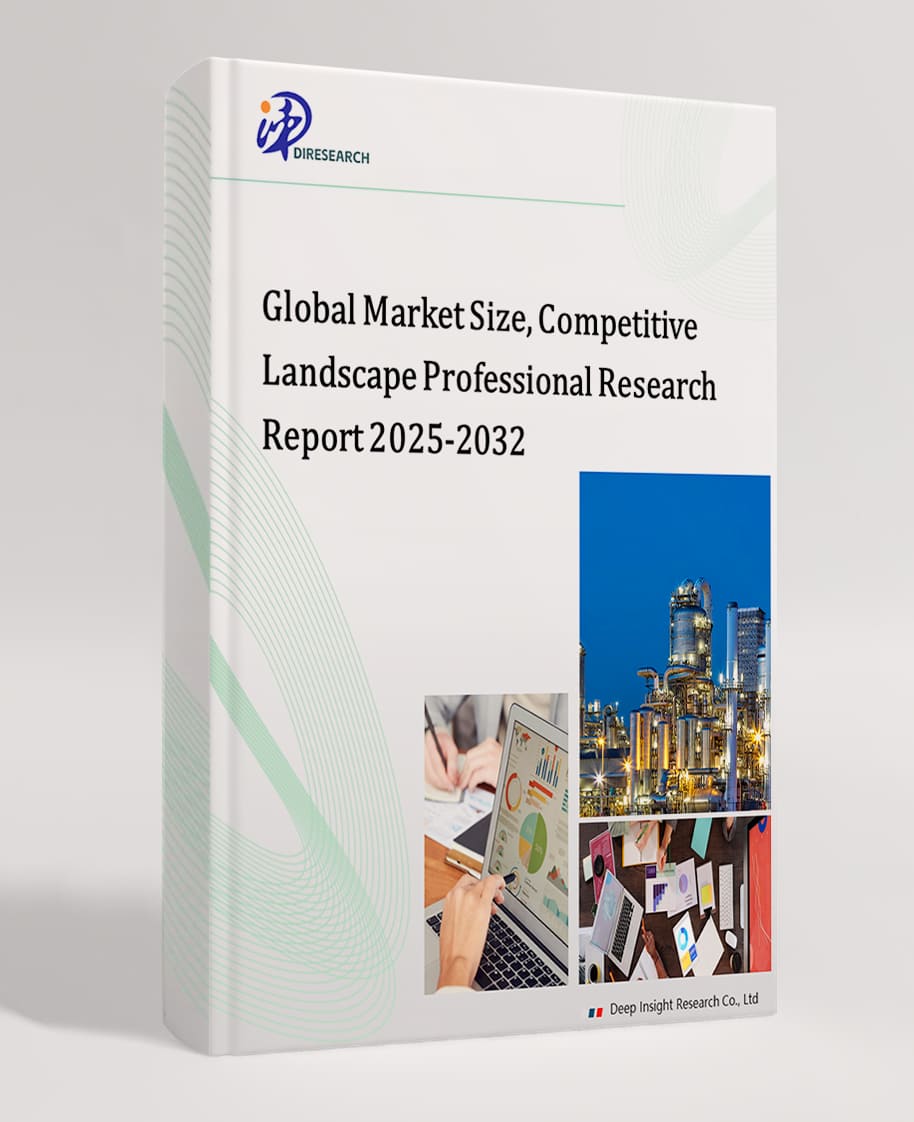Global Hot Briquetted Iron (HBI) Market Research Report, Competitive, Technology and Forecast Analysis 2025-2032
Hot Briquetted Iron (HBI) is a form of direct reduced iron (DRI) that is compacted and compressed into dense cylindrical shapes. The production of HBI involves the direct reduction of iron ore in a process that removes oxygen and transforms it into a metallic state. The resulting iron is then compacted into briquettes at high temperatures, creating a dense and easily transportable product. HBI is valued for its high iron content, low impurities, and consistency, making it an attractive feedstock for electric arc furnaces in steelmaking. The compact and dense nature of HBI allows for efficient handling, storage, and transportation, contributing to its popularity in the global iron and steel industry. The use of HBI in steel production reduces the reliance on traditional iron ore and contributes to more sustainable and efficient manufacturing processes.







